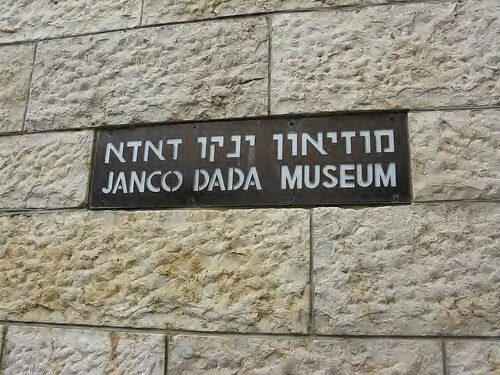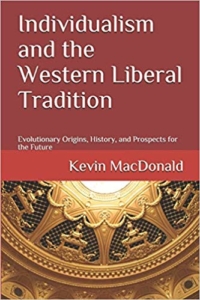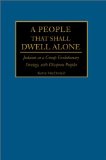Alison Weir on the Early Days of the Israel Lobby
In “Background traits for Jewish activism” I listed several traits of Jewish activist groups that make them so effective. They are all on display in Alison Weir’s excerpt from her book Against Our Better Judgment: How the US was Used to Create Israel.
1. Jewish groups are well organized and lavishly funded. I probably shouldn’t have been surprised by the incredible scale of Zionist activism during the 1940s, both financially and in the scale of their outreach efforts. But it is truly remarkable. Weir describes the “gargantuan financial resources” available, amounting to $1.5 billion in today’s dollars. A big part of the effort was aimed at non-Jewish elites in business, labor, religion, and academia; pro-Zionist books by non-Jews were subsidized.
For example, at its beginning in 1945
[the American Zionist Emergency Council] booked Madison Square Garden, ordered advertisements, and mailed 250,000 announcements – the first day. By the second day they had organized demonstrations in 30 cities, a letter-writing campaign, and convinced 27 U.S. Senators to give speeches. Grassroots Zionist action groups were organized with more than 400 local committees under 76 state and regional branches. AZEC funded books, articles and academic studies; millions of pamphlets were distributed.
This top-down approach making alliances with sympathetic non-Jews is typical of Jewish efforts generally, as with the neoconservatives whose networks of think tanks and access to the media and the highest levels of government provide excellent career prospects for ambitious Jews and non-Jews alike. As a small minority, Jews must reach out to others and they are very effective at doing it. Read more






